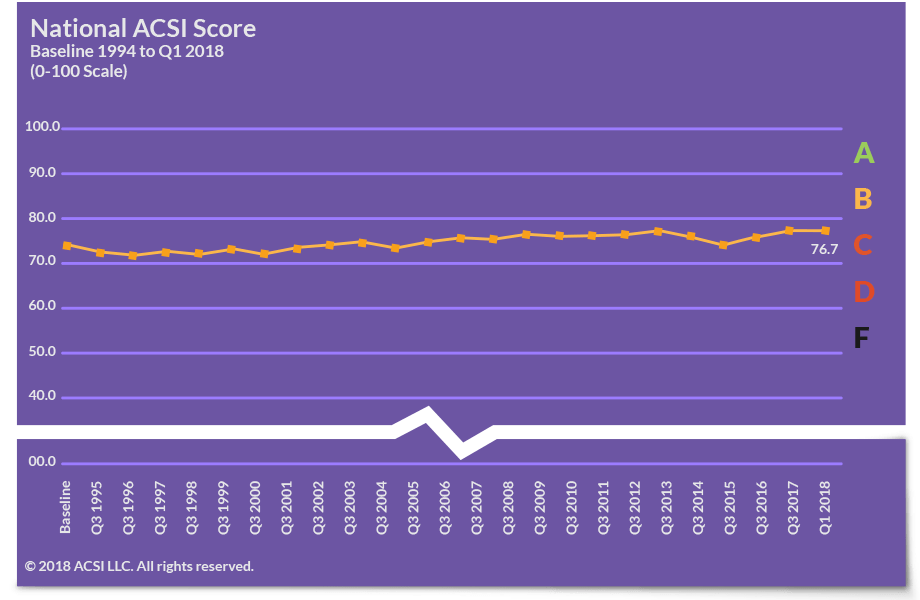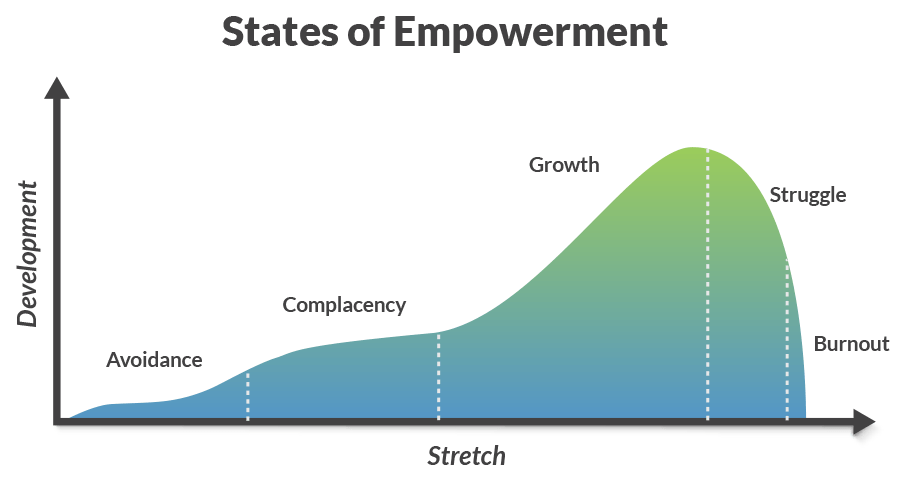
Defining the Elements of Agent Experience: How to Measure Agent Performance and Well-Being and Use what you Find to Improve Employee Engagement
About a year ago, I went to the doctor because I kept getting these crazy headaches. They’d start right above my eyes, then slowly creep out to my temples. Most days were tolerable. Some days weren’t. When I went to the doctor, she told me to take Aleve twice a day to relieve the symptoms. Which it did tremendously.
But every 12 hours or so, I’d find myself squinting my way to the Aleve bottle to pop a couple more of those liquid blue gel pills. Turns out, my chronic headaches couldn’t be solved with an Aleve regimen, they could only be masked. Until I understood why I was getting those headaches, and then solved that root issue, the Aleve was just a temporary fix.
Contact centers have fallen into a similar trap. For years, companies have thrown more budget (the business version of Aleve) at improving customer satisfaction. Yet customer satisfaction scores haven’t budged past the 70th percentile in 25 years.

Why?
In the mad dash for higher CSAT scores, we’ve focused on fixing CX without addressing the underlying cause of a bad one: a poor agent experience.
Download Now: A better agent experience fuels better business. Learn 9 reasons why.
Too often, leaders overlook how individual agents perform and feel at work (not to mention, how the two impact each other).
But when we bypass these critical pieces of the agent experience, we miss glaring signs that we need to improve employee engagement. Then, we miss out on increasing customer happiness and feeding our bottom line. The Hay Group found companies with strong employee engagement generate revenue 2.5 times higher than those with low engagement.
Turns out, if you don’t address your poor agent experience and improve employee engagement, you’ll never find a long-term fix for your subpar customer experience.
Learn the elements of your agent experience and what impacts engagement on the job, so you can fix the root issue of a poor CX.
The 3 Elements of Agent Experience
The three dimensions of agent experience paint a picture of how your agents feel at work. And, as we all know, to improve something (like, say, agent experience), you have to measure it, right? Start by looking at their unique interactions for efficiency, effectiveness, and empowerment.
Here’s how we think about each element:
Efficiency: How easily can your agent solve customer issues. How timely, resourceful, and focused is your agent? Here, look at metrics like Average Handle Time and Average Speed of Answer.
Effectiveness: Are your agents hitting the bullseye by solving customer problems? Do they have the soft skills, competence, and reliability your customers expect out of each experience. Think data points like CSAT and QA.
Empowerment: How confident are your agents in their job?This element is the one most often missed. It relates to your agent’s perceived value, ongoing development, and how supported they feel by their peers and leaders. Measure empowerment and engagement with metrics like Escalation Rate.
No one piece of your agents’ experience gives you all of the information you need to improve employee experience.
Instead of diving in on KPIs in siloed areas, link them together. Merge a trifecta of insights and pull the levers to launch your way to a better CSAT score and lower attrition. And then, use that data with engagement surveys and metrics for a full health check on your agents.
Look to metrics like your Employee Net Promoter Score and Training Investment Per Agent to get a better feel for what agents think about work and their progress toward personal goals.
Ready to dive in on agent-focused KPIs? Learn 7 agent-first call center reporting metrics to help you guide your performance management strategy.
How to put your agent-focused data to work for better contact center performance.
Most companies today are using crazy data sets to try and move the needle on their customer experience. But, they rely on gut instincts to improve employee engagement. They don’t understand how their employees feel about their roles. And, they don’t get how those feelings impact job performance.
To get the full ROI and bottom line impacts that come with a better AX, like increased productivity, more customer advocates, and agents who stay in their seats, (and these 9 benefits) put your data to work.
Use agent performance metrics, 1:1 conversations with agents, and reviews of calls and transcriptions to develop individualized coaching plans for each agent.
Agents who are highly effective need different coaching than those who fly through interactions but don’t offer the right resolutions. And, agents who are effective and efficient but don’t feel like they’re part of a team need an entirely different pep talk.
Personalize your coaching and training based on real data about how your agents work. And, enhance it with insight from conversations with each person on your team. Get to know them. Learn what they like, and what they don’t like. Understand what motivates them, then help them shape their roles to meet their personal goals and improve employee engagement.
Deliver targeted training and revamp how you coach agents to improve employee engagement.
Once you have a grip on what makes your agents tick, you can deliver targeted training to your agents the moment they need it.
Use training tools and your contact center platform to deliver ultra-specific lessons to agents where they need help.
For agents struggling with efficiency, this might mean creating a lesson with quick links to resources and short keys they can use during interactions to speed things up.
For an agent who doesn’t feel empowered, this means popping coaching opportunities and in-line interaction feedback in their queue frequently. Show your agents who lack empowerment that they have the support they need to succeed. Call out specific moments in interactions when they nailed it, so they know they’re capable of repeating those incredible moments.
And remember, keep your agents’ behavior and learning style in mind, too. Just because two agents have similar performance metrics doesn’t mean they want to be coached the same way. There are different states of empowerment, different levels of efficiency, and different ways to be effective.

Learn the five states of agent empowerment and how to coach agents at every stage.
Each of your agents still need you to connect with them on a human level. They need you to discover what type of development works best for them. The cool thing about using individual performance data is, it gives you actionable and relevant insight to inform your conversations. It’s not designed to replace your 1:1s or the personal ways in which you interact with your team. It supplements and improves them.
Use performance and engagement metrics to give your agents the tools and training needed to serve customers and grow professionally, individually at scale. Finally attack sky-high attrition rates and your customers’ dissatisfaction. With individualized, actionable insights down to the desktops of your agents, you can coach and train your team to give each customer the experience they deserve.
Improving your agent experience pulls the lever for a better customer experience. Learn the 9 positive business impacts of a better agent experience.
We originally published this post on March 19, 2019, and we updated it for fresh insight on January 14, 2020.

